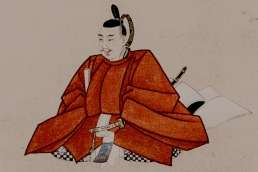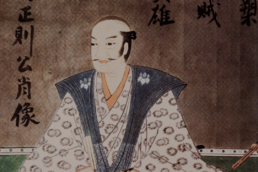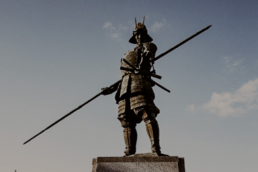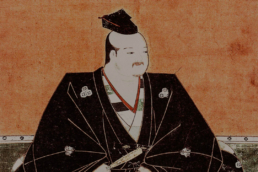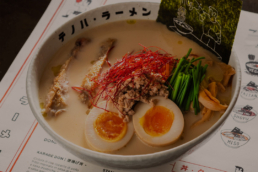Japan History: Furuta Shigenari
Furuta Shigenari (Motosu District, Gifu Prefecture, 1544 - July 6, 1615) was a Japanese warrior who lived during the Sengoku period. He was the son of tea ceremony master Furuta Shigesada (known by his Buddhist name Kannami, later renamed Shuzen Shigemasa) who was also one of the younger brothers of the lord of Yamaguchi-jo Castle in Motosu-gun County, Mino Province. While pursuing a career as a warrior, Oribe also acquired a sophisticated taste for the tea ceremony from his father and seems to have been adopted by his uncle.
Furuta Shigenari, the samurai who was also a master of the tea ceremony
Author: SaiKaiAngel

photo credit: https://it.wikipedia.org/
Furuta Shigenari became Oda Nobunaga's servant when Nobunaga attacked the Mino province in 1567. In 1569, Shigenari married Sen, one of the younger sisters of Nakagawa Kiyohide (the lord of Ibaraki-jo castle in Settsu province).
In 1576, Oribe became an administrator of Kamikuze no sho (now, Minami-ku Ward of Kyoto City), Otokuni-gun district, Yamashiro province. He later joined Hashiba Hideyoshi's (later Toyotomi Hideyoshi) army during the attack on Harima Province and Akechi Mitsuhide's army during the attack on Tanba Province, making a successful career as a war leader despite his small salary of 300 koku.
As a master of the tea ceremony, he is widely known as Furuta Oribe. His common name was Sasuke, his first name was Keian. The name 'Oribe' as master of the tea ceremony originated from the fact that he was awarded the rank of Junior Fifth Rank, Lower Grade, Director of Weaving Office.
During the period of his union with Toyotomi Hideyoshi, Furuta Shigenari met master Rikyū and became one of his favourite pupils for about ten years during which he wrote two works: Oribe Densho ("The Book of Secrets") and Oribe Hyakka ("The Hundred Precepts"). His relationship with Rikyū was so intense that he was not afraid to disobey the common lord Hideyoshi when Rikyū left in exile for Sakai. During Toyotomi Hideyoshi's rule, the generation of tea masters of the Nobunaga period, Yamanoue Sōji, Sen no Rikyū, Tsuda Sogyu, Imai Sokyu, died out in a few years. All the tea masters were philosophical and political opponents of the military expansionism of warlords such as Hideyoshi, and the importance of the discipline of tea placed them in great social and political authority, so, like Rikyu, they were exiled or forced to commit suicide. The art of tea, once Nobunaga's generation ended, became a state ceremony in the Tokugawa Restoration period and Furuta Shigenari became the most important tea master of the new generation. He also taught the shōgun Tokugawa Hidetada, Kobori Enshū and Honami Kōetsu. However, accused of plotting a conspiracy against the Tokugawa, he was ordered to commit seppuku in 1615.
The influence
Furuta Oribe's influence encompassed all ceremonial practice from the practice of tea preparation, to artistic and architectural styles, furniture and the style of ceramics.
In fact, Oribe-ryū was the style of ceremony he oversaw, as was the style of Oribe-yaki ceramics. He also designed a type of lantern (tōrō) for the tea garden, known as Oribe-dōrō.
Here comes the Kimono Experience at TENOHA Milano
Here comes the KIMONO EXPERIENCE with Giappone In Italia, Milano Kimono and TENOHA Milano!
The Giappone In Italia Association has created a unique experience in collaboration with Milano Kimono and TENOHA Milano, we are talking about the KIMONO EXPERIENCE!
Feel the real Japan with the Kimono Experience
Author: SaiKaiAngel
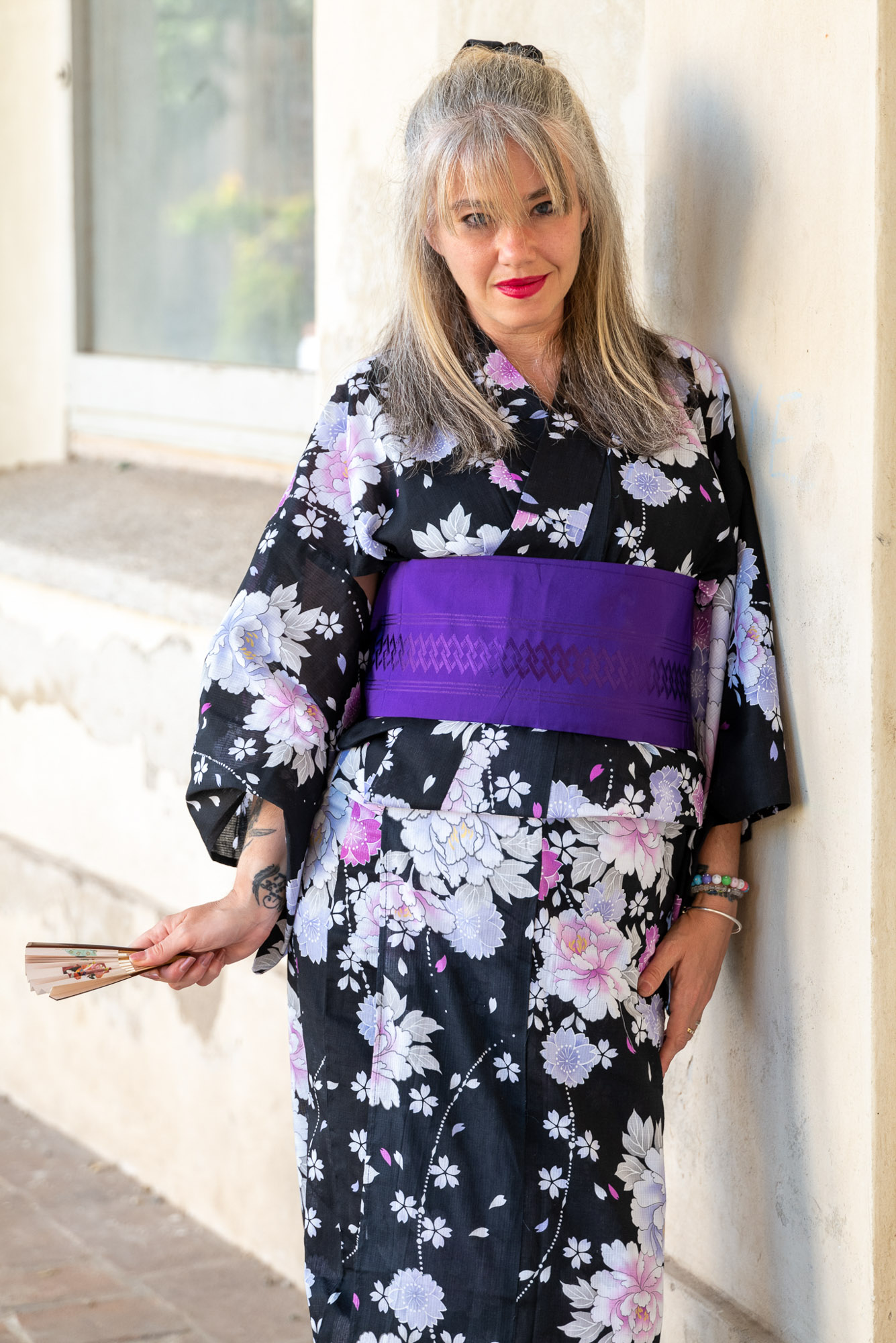
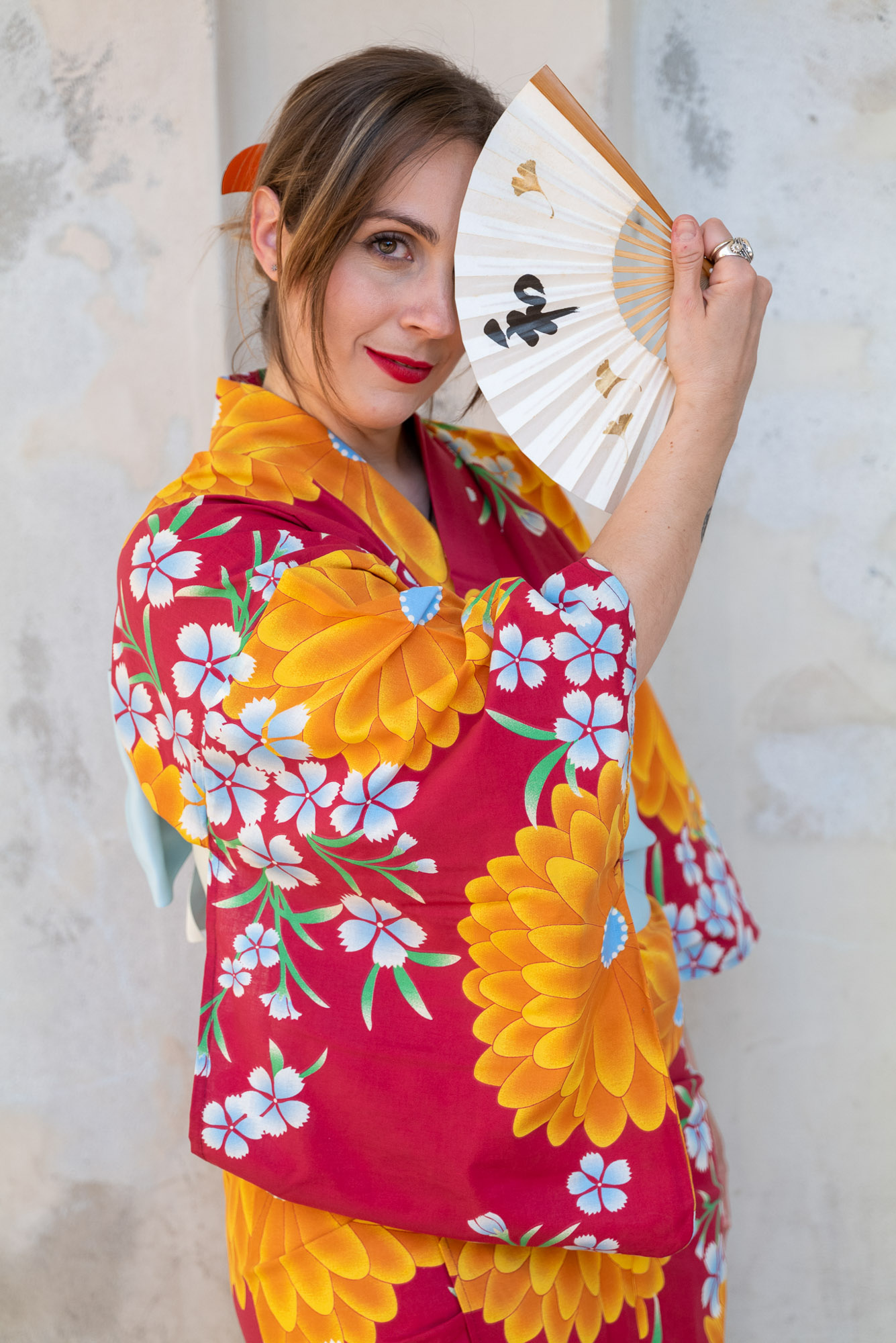
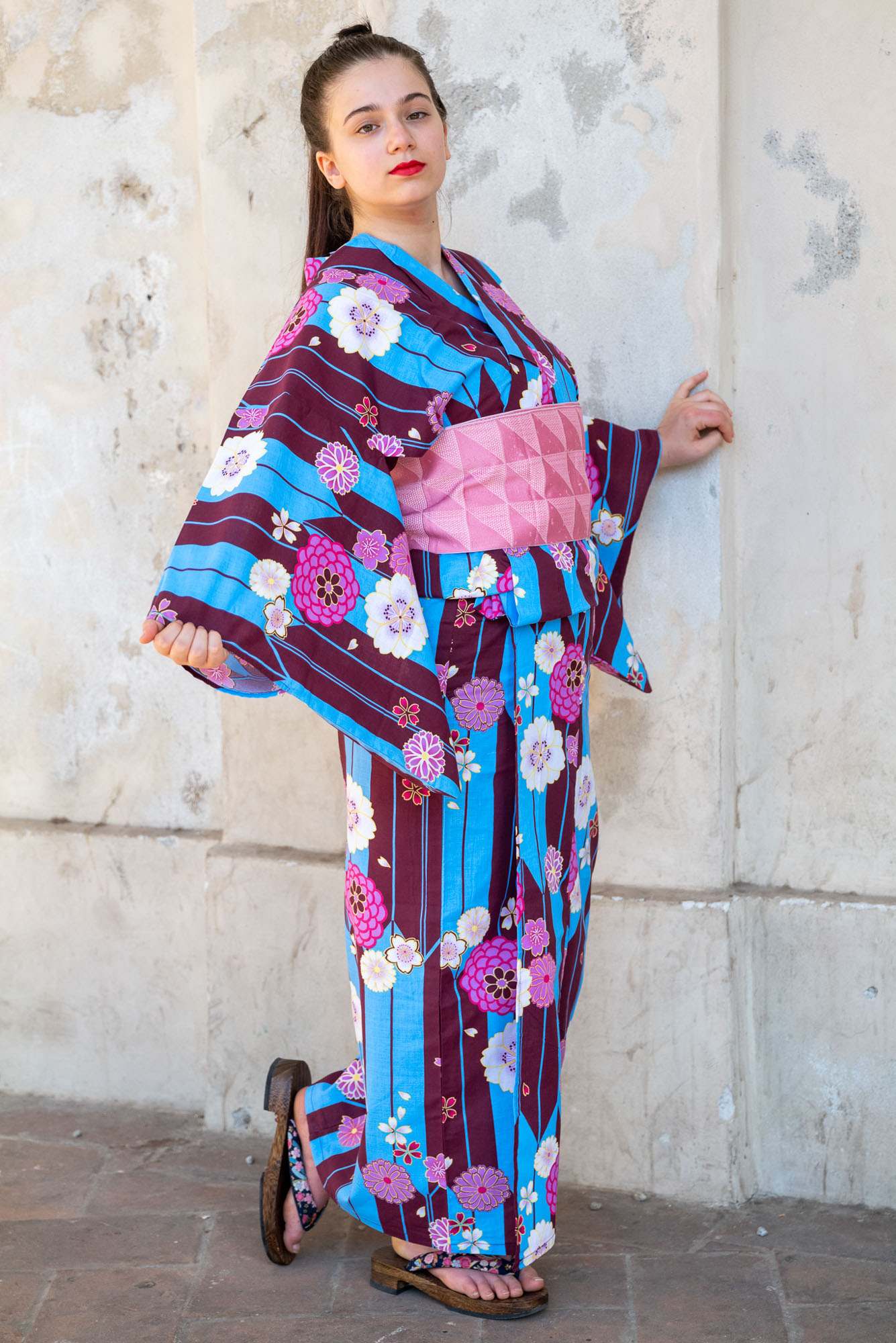
Do you feel like spending some unique, timeless moments? At a time when everything is hectic, why don’t we take a moment for ourselves? Without commitments, stress or confusion? Let's immerse ourselves in the love of Japan and do it in the best possible way! Have you ever wondered "But how would I look in a yukata or a kimono?" I think so, at least, I've asked myself that many times and finally managed to see myself in traditional Japanese dress! As you know, Giappone In Italia Association, TENOHA Milano and Japan Italy Bridge are working with a common focus: building a bridge between Japan and Italy by promoting Japanese culture here.
An absolutely special experience that will allow you to feel in Japan. If you can't take the plane, how can you experience Japan? You can do it as always in the corner of Japan here in Italy, TENOHA Milano! Not only that, from 15 to 30 June, you can enjoy the "KIMONO EXPERIENCE"! What is it about exactly?
What is it?

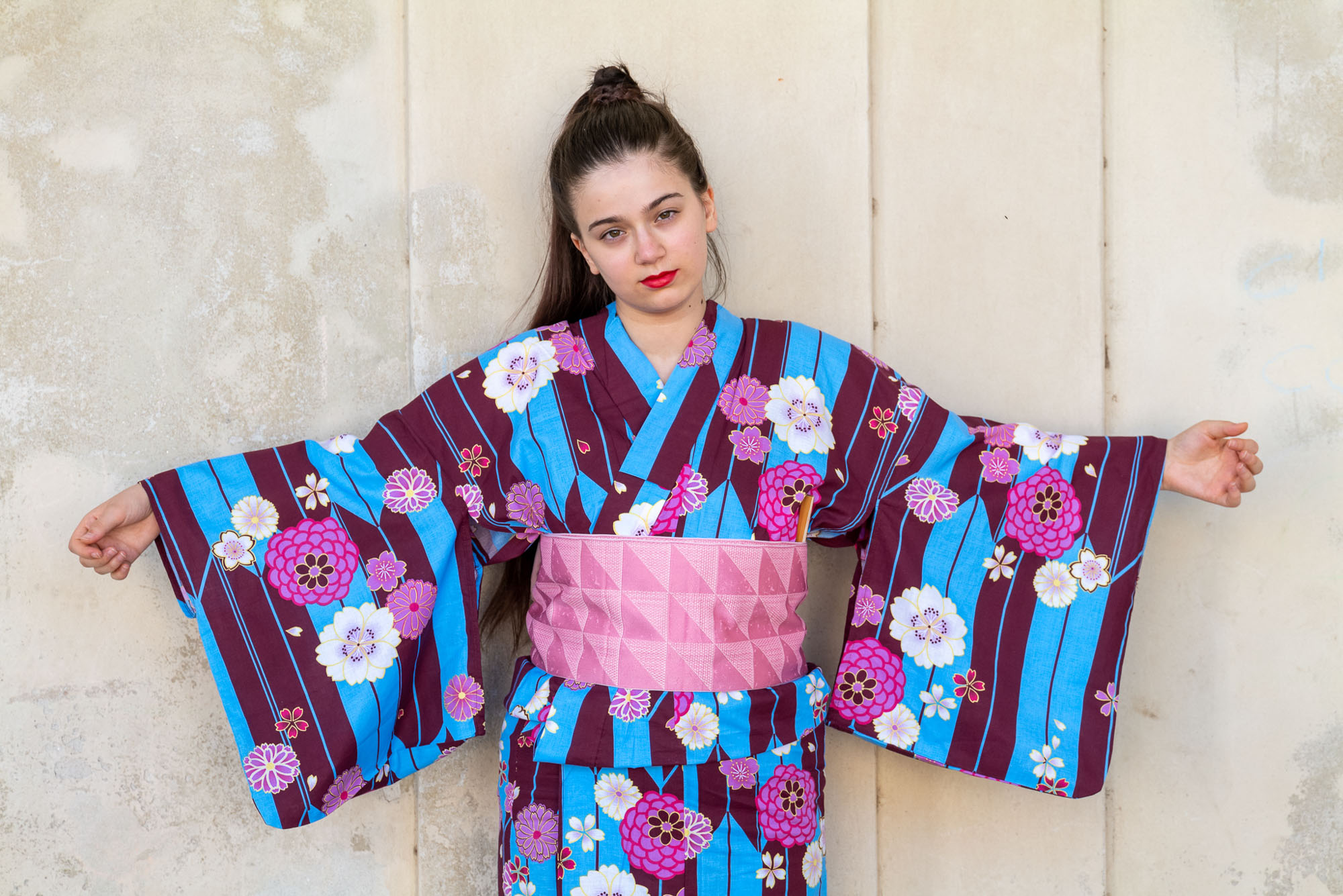
The KIMONO EXPERIENCE is an exhibition at TENOHA Milano from 15 to 30 June, featuring the most beautiful kimonos and photos by Alberto Moro, President of Japan in Italy and author of the book 'Il mio Giappone'. You will find photos of people who wanted to wear kimonos in the streets of Milan even without being Japanese! This is the aim of KIMONO EXPERIENCE, to make non-Japanese people live the emotion of the Rising Sun, not only around, but also on them. Yes, because if you book your place, you can have the joy of wearing a yukata and being photographed by none other than the President of Japan in Italy, Alberto Moro, who is, as you know, also a famous photographer.
Imagine yourself in the Japanese atmosphere, wrapped up in a yukata (kimono summer version) that the dressmaker Yurie Sugiyama will have you put on, photographed by Alberto Moro in the incredible and Japanese TENOHA Milano. A dream? No! A reality that is waiting for you!
You can visit the exhibition from 15 to 30 June, from 10 a.m. to 8 p.m., in the TENOHA Milano pop-up space at Via Vigevano 18.
If you would like to dress up and have your photo taken in yukata, remember that the dress-up teacher Yurie Sugiyama will be available from 17 to 20 and from 24 to 27 June, from 10.30 am to 1 pm and from 3 to 6 pm. Although the fitting will be free of charge, in the form to be filled in below, you will be asked for a booking deposit which will be returned when you show up at the KIMONO EXPERIENCE!
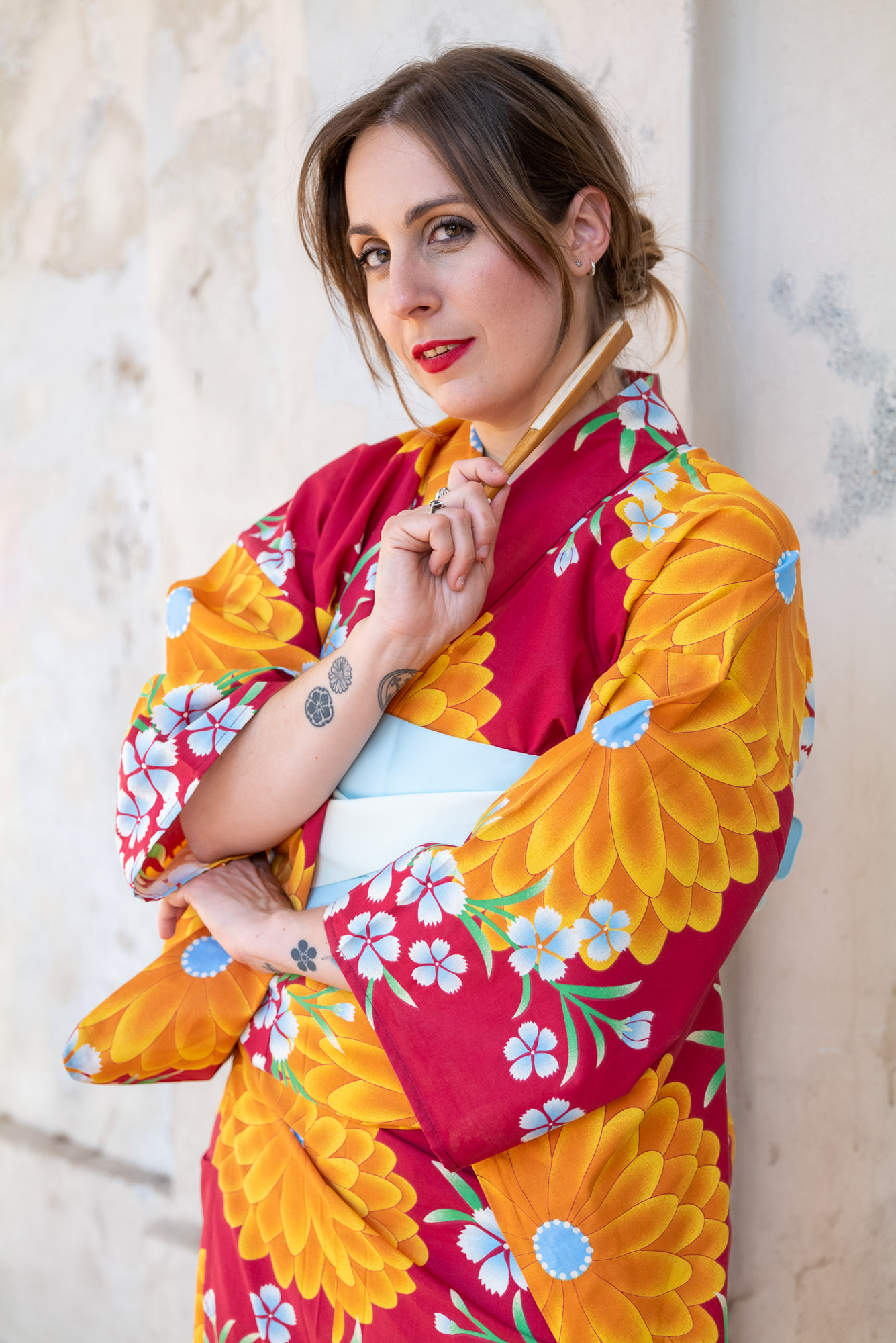
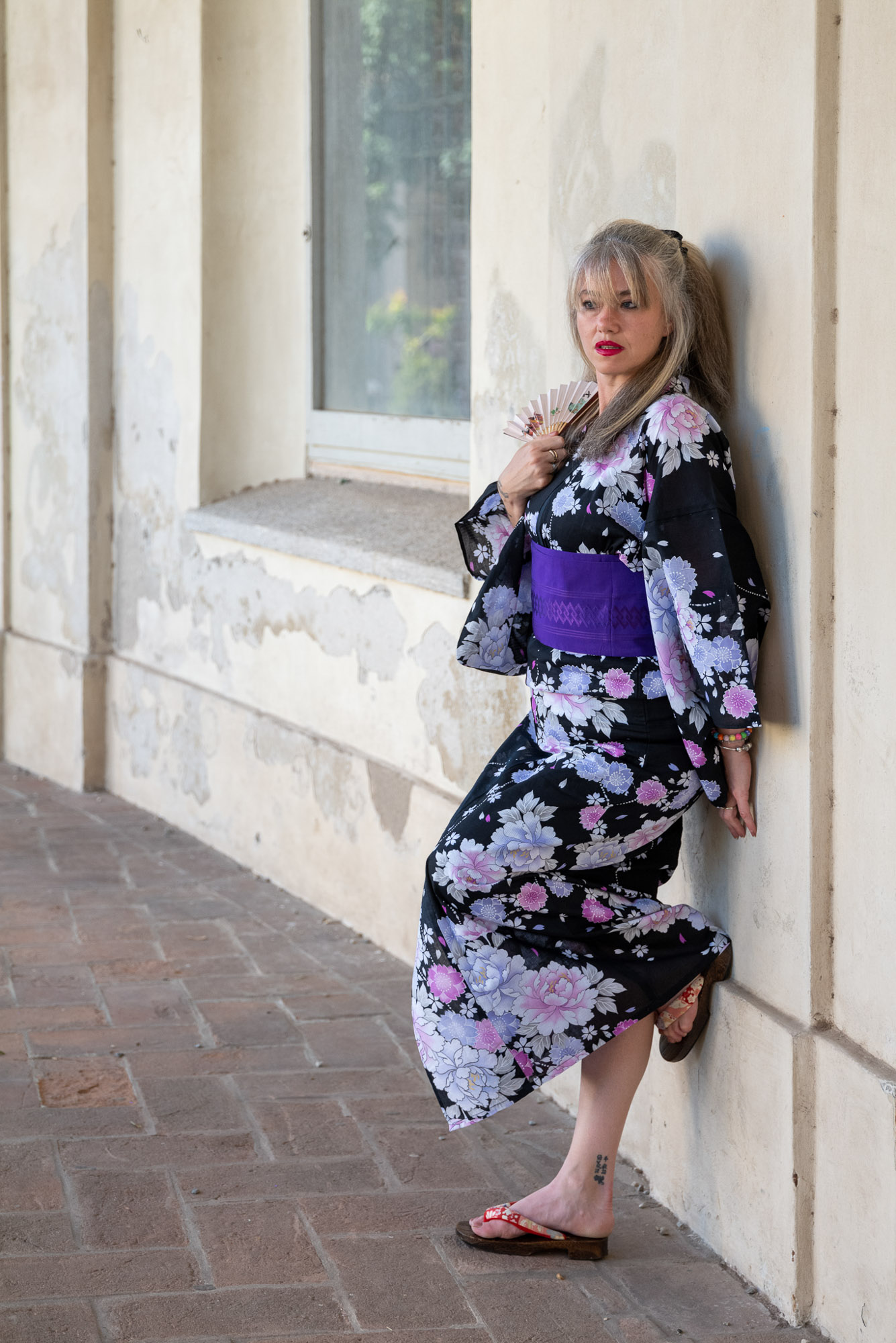
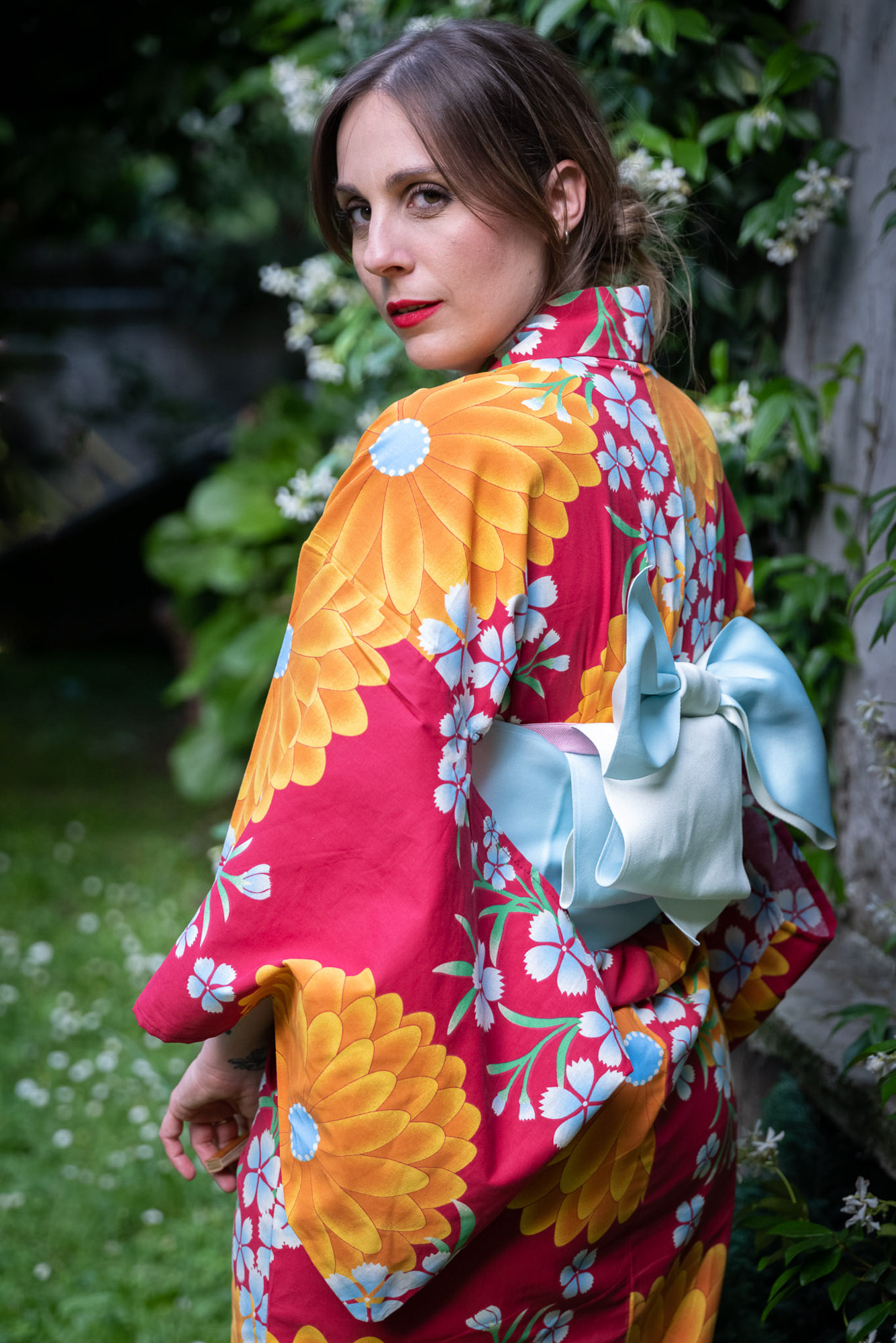
Not only that! If you wish, you can buy your photo in kimono as a unique and unrepeatable souvenir of the day. They will surely ask you when you flew to Japan, because these are moments that can hardly be repeated here in Italy.
KIMONO EXPERIENCE, un’esperienza da non perdere, per portare nuovamente il Giappone In Italia, come recita il nome dell’Associazione che l’ha creata.
Obviously we at Japan Italy Bridge look forward to seeing you there!
>> BOOK NOW YOUR KIMONO EXPERIENCE! <<
Subject to availability.
photo credits: Alberto Moro, Presidente Associazione Giappone in Italia
Japan History: Fukushima Masanori
Fukushima Masanori (1561 - August 26, 1624), whose name was originally Ichimatsu, was born in Owari Province.
Fukushima Masanori, one of the Seven Spears of Shizugatake
Author: SaiKaiAngel
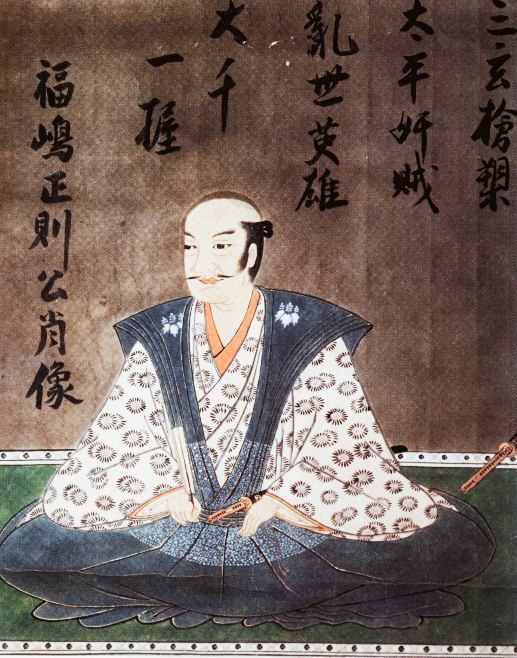
photo credit: wikipedia.org
Son of Fukushima Masanobu, Fukushima Masanori was a Japanese general and daimyō in the service of the Tokugawa, also famous for being one of the Seven Spears of Shizugatake. It is also said that he may have been a cousin of Toyotomi Hideyoshi. Masanori stormed Miki Castle in Harima Province and, during the Battle of Shizugatake in 1583, defeated Haigo Gozaemon and had the honour of taking the first head, that of the enemy general Ogasato Ieyoshi.
Fukushima Masanori took part in many of Hideyoshi's campaigns; it was after the Kyūshū campaign (1586-1587) that he became daimyō, receiving the fief of Imabari in Iyo province; shortly afterwards he took part in the Japanese invasions of Korea (1592-1598) and distinguished himself once more during the Battle of Chungju.
Following his involvement in the Korean campaign, Masanori was involved in the search for Toyotomi Hidetsugu. He led 10,000 men in 1595, surrounded the Seiganji temple on Mount Kōya and waited for Hidetsugu to commit suicide. On Hidetsugu's death, Masanori received Hidetsugu's former fief of Kiyosu in Owari province.
Being hostile to Ishida Mitsunari, Fukushima Masanori came into sympathy with Tokugawa Ieyasu; Ishida burned Masanori's castle on a pretext and during the Battle of Sekigahara launched the first attack on Ukita's troops, remaining in the front line throughout. Having won the battle and captured Ishida, Masanori beheaded the enemy daimyō in Kyoto along with Anko and Konishi. Masanori received the fief of Hiroshima in Aki, but Ieyasu never fully trusted Masanori, so he ordered him to rebuild the Nagoya castle so that he could spend some of his income.
At that point, Masanori asked to take part in the siege of Osaka (1614-15), but was forced to remain in Edo. The new Shōgun, Hidetada, trusted Masanori even less and, after Ieyasu's death, accused him of misrule and transferred him to the fief of Kawanakajima. Fukushima Masanori's younger brother Masayori had already been deprived of his fief at Yamato in 1615.

Il posto di comando di Fukushima Masanori a Sekigahara
photo credit: samurai-world.com
It seems that his descendants became hatamoto in the service of the Tokugawa shogunate. The hatamoto were samurai under the direct control of the Tokugawa Shogunate in feudal Japan. All three shogunates in Japanese history had direct contacts, only in earlier shogunates they were called gokenin. However, in the Edo period, the hatamoto were the senior vassals of the Tokugawa dynasty and the gokenin were the junior vassals.
Fukushima Masanori owned one of the three great spears of Japan: Nihongo, or also called Nippongo (日本号). Used in the Imperial Palace, the Nihongo was later owned by Masanori Fukushima, and then passed into the hands of Tahei Mori. It was recovered, restored and is now in The Fukuoka City Museum.
Japan History: Chōsokabe Motochika
Chōsokabe Motochika (1538 - 11 July 1599) was a Japanese daimyō of the Sengoku period and was born in Okō Castle in the Nagaoka district of Tosa province. The eldest son of Chōsokabe Kunichika, Chōsokabe Motochika was such a sweet boy that his father was worried about his nature, and it seems he was nicknamed Himewako, "Little Princess", by his vassals.
Chōsokabe Motochika, also known as Himewako
Author: SaiKaiAngel
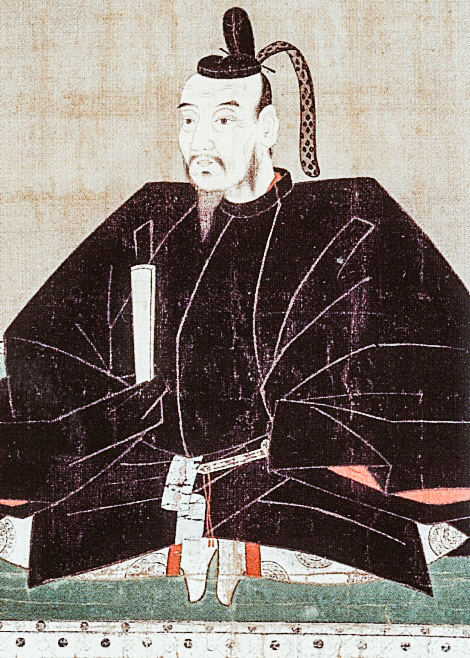
photo credits: wikipedia.org
Despite these concerns, Chōsokabe Motochika proved to be a skilled and brave warrior in his first battle, defeating the Motoyama clan in 1560 at the Battle of Tonomoto. After defeating the Motoyama and forming alliances with local families, Chōsokabe Motochika was able to build his power base on the Kōchi Plain. While remaining loyal to the Ichijō, Motochika with a force of 7000 men marched on the Aki clan, rivals of the Chōsokabe, defeating them in 1569 during the Battle of Yanagare. At that point Chōsokabe Motochika could concentrate on the Ichijō.
During the rule of the Hata district of Tosa, Ichijō Kanesada was a very unpopular leader and because of this, Motochika wasted no time in marching on the Ichijō headquarters in Nakamura and in 1573 Kanesada fled. At that point, the Ōtomo clan provided Kanesada with a fleet and with that he returned, leading an expedition that the Chōsokabe defeated at the Battle of Shimantogawa. At this point Kanesada submitted to the Chōsokabe, who probably had him assassinated in 1585.
Chōsokabe Motochika became the sole ruler of Tosa, and one of the problems the Chōsokabe faced was their own territory. Because of his poverty, he was unable to pay his generals, so he began to look to neighbouring provinces.
The unification of Shikoku
After the conquest of Tosa, Chōsokabe Motochika prepared for an invasion of the province of Iyo, against the lord of that province Kōno Michinao, a daimyō who had been driven from his domain by the Utsunomiya clan, helped only by the Mōri clan. But at this time the Mōri clan was at war with Oda Nobunaga, so they were unable to help Michinao, however the campaign in the Iyo province was not easy.
In 1579 a Chōsokabe army of 7000 men, led by Hisatake Chikanobu, attacked Okamoto Castle, held by Doi Kiyoyoshi in southern Iyo. During this siege, Chikanobu was killed and his army defeated. Motochika returned the following year with some 30,000 men to Iyo and forced Michinao to flee to Bungo province. With the Mōri and Ōtomo engaged on other fronts, Motochika was free to continue his conquest of the island and in 1582 was able to continue his raids on the Awa province to defeat the Sogo clan, giving him control of the island in 1583.
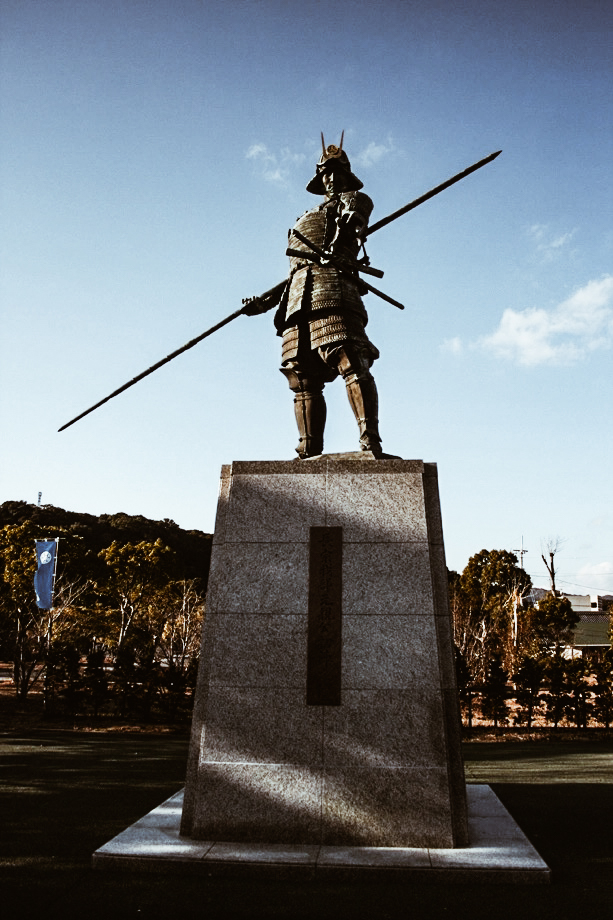
photo credits: mvbennett.wordpress.com
In 1579 Chōsokabe Motochika entered into communication with Nobunaga who seemed to have praised him, although in private he referred to him as a bat on a birdless island and planned to conquer Shikoku in the future, planning to give it to his son Nobutaka. This did not happen, due to Nobunaga's death in 1582.
Involved in the ensuing dispute between Toyotomi Hideyoshi and Tokugawa Ieyasu the following year, he promised Tokugawa his support, although he made no direct moves to that end. Hideyoshi instead sent Sengoku Hidehisa to block any interference from Motochika. The Komaki campaign between Hideyoshi and Ieyasu ended in a peace treaty, and in 1584 Hideyoshi invaded Shikoku with 30,000 troops from the Môri clan and another 60,000 from Hashiba Hidenaga. Motochika managed to retain control of the Tosa province thanks to the terms decided by Hideyoshi.
Chōsokabe Motochika is remembered both for his 100-article Code of Chōsokabe and for his tenacity in founding a very strong castle-city from Oko to Otazaka and then to Urado. However, the problems caused by Morichika's appointment as heir led to the clan's undoing. After Nobuchika's death in battle, Hideyoshi suggested that Motochika's second son, Chikakazu, be appointed heir.
But when Motochika resigned, he made Morichika, his fourth son, his heir, because he felt Chikakazu was physically incapable of assuming leadership of the family. With this in mind, Chikakazu retired and died of illness in 1587. When Chōsokabe Motochika was called to Hideyoshi's invasion of Kyūshū, he and Sengoku Hidehisa were called in.
Their mission was to raise the siege of the Ōtomi clan. Despite the wise advice of Chōsokabe Motochika, generals Ōtomo and Sengoku did not adopt a defensive position and attacked the forces of the Shimazu clan at the Battle of Hetsugigawa, defeating the allied troops, but at the same time Nobuchika, Motochika's heir, died. At that point Toyotomi Hideyoshi praised Motochika's thinking and offered him Ōsumi as compensation for his loss, but this was refused.
In 1590 Motochika led a naval contingent in the siege of Odawara and in 1592 commanded 3000 soldiers in the invasion of Korea. On his return from Korea he retired to Fushimi, became a monk and died on 11 July 1599.
Japan History: Azai Nagamasa
Azai Nagamasa (1545 - 26 September 1573) was a Japanese daimyō, son of Azai Hisamasa, from whom he inherited the leadership of the clan in 1560 when Hisamasa was forced to step down in favour of his son.
Azai Nagamasa, the head of the clan Azai
Autore: SaiKaiAngel
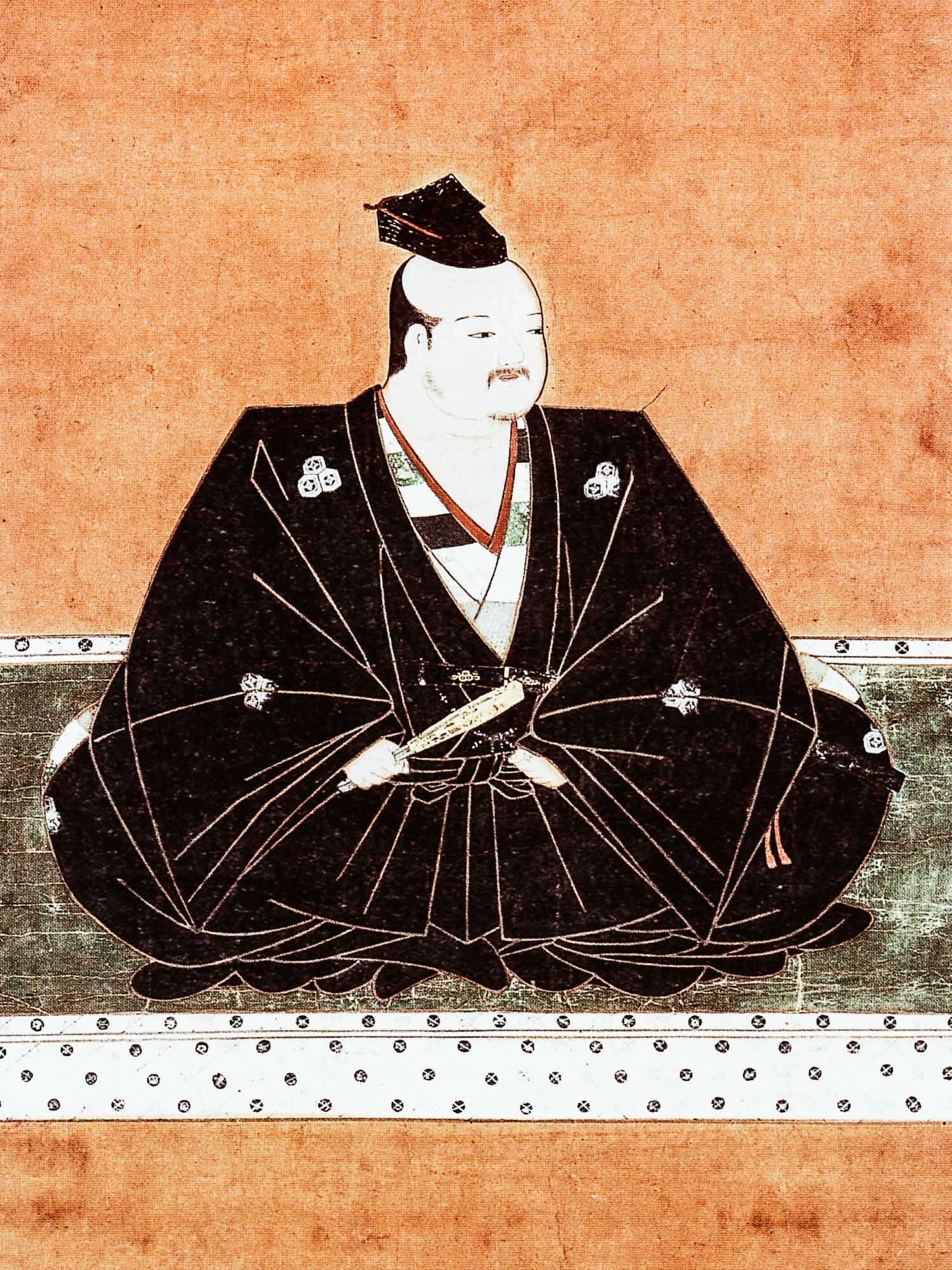
photo credits: wikipedia.org
Nagamasa became one of Nobunaga's enemies in 1570 due to the Azai's alliance with the Asakura clan, fighting against him in important battles including the Battle of Anegawa. Nagamasa and his clan were destroyed by Nobunaga in August 1573, and he committed seppuku during the siege of Odani Castle.
Conflict with Oda Nobunaga
Not only the arch-enemy of Oda Nobunaga, Azai Nagamasa also became his brother-in-law, as he married his sister Oichi in 1564. Oda Nobunaga sought to establish relations with the Azai clan because of their strategic position between the lands of the Oda clan and the capital, Kyoto.
The great conflict began when in 1570, Oda Nobunaga declared war on the Asakura family by besieging Kanegasaki castle. The Asakura and the Azai had been allies since ancient times. In this war, contrary to many who wanted to honour the alliance with the Asakuras, Nagamasa preferred to remain neutral, siding with Nobunaga. In the end, the Azai clan chose to honour their ancient alliance with the Asakura and came to their aid. Therefore Nobunaga's army, which was marching on the Asakura lands, retreated towards Kyoto. However, within a few months Nobunaga's forces were on the march again, but this time they marched on the Azai lands.
The Battle of Anegawa
In the summer of 1570, Oda Nobunaga returned to attack with Tokugawa Ieyasu and an army of around 30,000 men in Omi province against the Azai and Asakura. The Battle of Anegawa took place on two fronts, Oda against Azai, Tokugawa against Asakura. Although outnumbered, Nagamasa's troops managed to hold off the Oda troops and it seemed as if victory was assured, but when Tokugawa Ieyasu came to Nobunaga's aid after defeating the Asakuras, the situation was reversed.
Death
Over the next two years the Azai were under constant attack from the Oda, who came to besiege the castle of the capital, Odani in 1573 in the famous Siege of Odani. It is during this period that the Azai are seen to be loosely aligned with numerous anti-Oda forces, including the Asakura, Miyoshi, Rokkaku and various religious complexes.
With no way out, Nagamasa carried out seppuku in August 157e along with his father Hisamasa, sending Oichi and his three daughters to Nobunaga who decided to spare them. This did not happen with Nagamasa's only male heir, Manpukumaru, who was executed by General Toyotomi Hideyoshi on Nobunaga's orders.
Oda Nobunaga made sure that his sister, Oichi, was not informed of this, but she eventually came to this suspicion.
It seems that Nobunaga harboured a strong grudge against Nagamasa because of his alleged treachery, although it was he who broke the agreement first. It is also said that Nobunaga had the skulls of Nagamasa, Hisamasa and the Asakura chief lacquered so that they could be used as mugs, but this fact is not only not historically accurate, but could also be invented to further discredit Nobunaga's reputation.

photo credits: wikipedia.org
It should be added that Nagamasa's three daughters were of great importance, starting with the fact that they married very famous men:
- Chacha, or Yodo dono, was the second wife of Toyotomi Hideyoshi and mother of his heir Hideyori.
- Hatsu, married daimyo Kyōgoku Takatsugu.
- Oeyo, or Sūgen'in, was the wife of the second Tokugawa shōgun, Hidetada, and mother of his successor Iemitsu.
Business Focus: Why startups should target Japanese customers
Have you ever wondered why startups in the global market don't target the Japanese market? Maybe for the same reason Japanese startups are afraid to enter the global market?
Why startups should target Japanese customers
Author: SaiKaiAngel
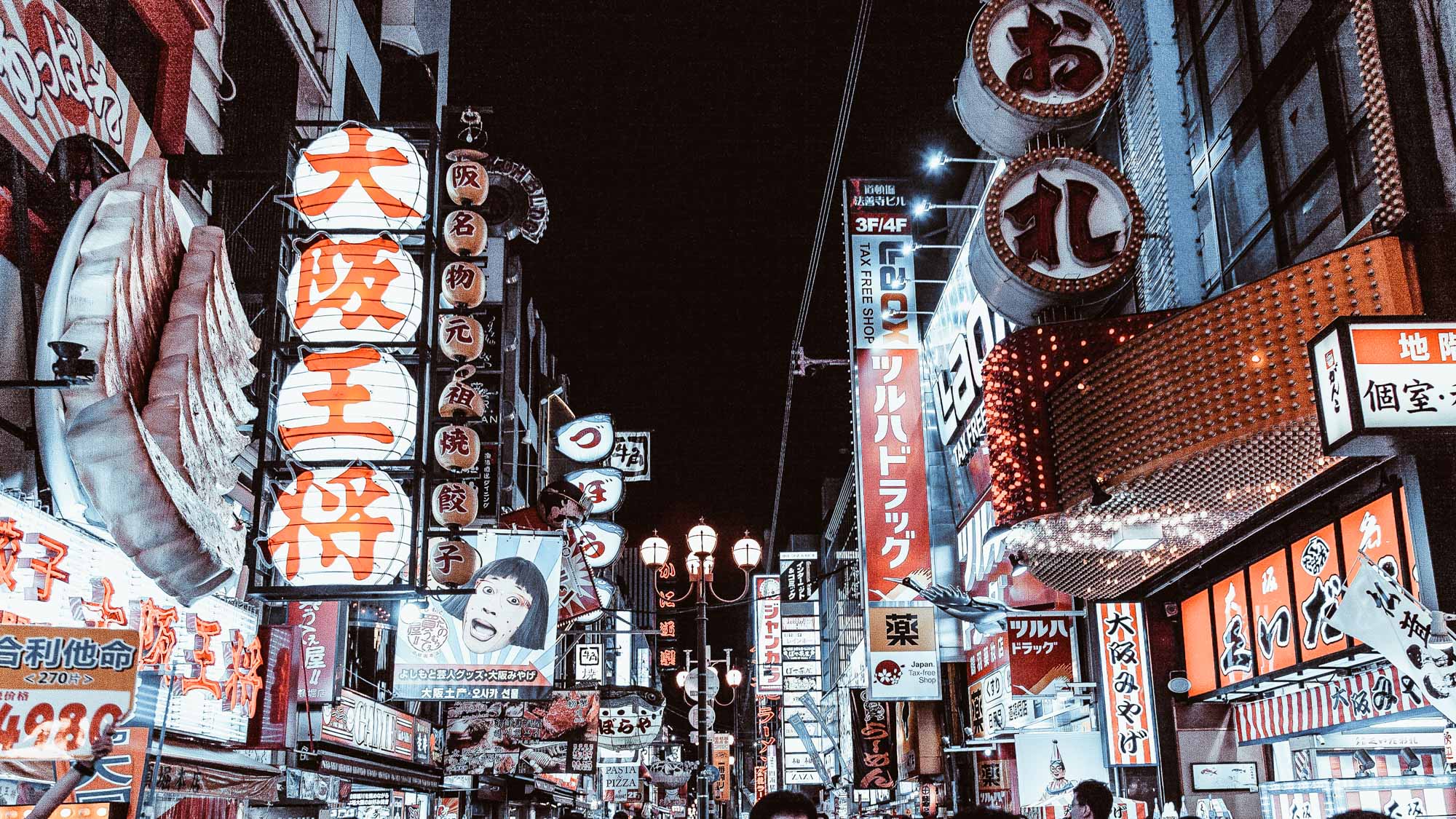
First of all, one thing that should definitely not be underestimated is the language barrier. The Japanese in general, are not very keen on learning other universal languages, such as English this could be a pretty big limitation. On the other hand, Japan is a very conservative society and jealous of its culture and tradition. On the other hand, in the rest of the world, the Japanese language is not among the first to be learned. This is one of the first reasons why young start-ups choose English-speaking countries and other Asian countries that are growing at a very fast pace.
Unique customs and business cultures
Every country has unique customs and cultures, but I think the situation in Japan is more intense and explicit than in any other foreign country. Adventure in Japan is definitely not to be underestimated!
Let's take some practical examples. If you want to promote your product or service in Japan, it might be difficult to do so without the support of an agency that can have a lot of influence on the market, especially if you provide technology media services for marketing. Even giants like Google and Facebook have hired local employees to support their agencies!
Some say that the Japanese love brands. In fact, I am of the opinion that the Japanese place great weight on a past reputation of trust before buying or subscribing to something. Considering these points, startups in foreign countries need a sophisticated strategy and marketing, and above all a trustworthy name.

photo credits: fiercebiotech.com
The standard strategy is to partner with a local company in Japan.
Of course, the local company should be familiar with the Japanese market and the language itself. By the way, Japanese people love the "made in Japan" brand, so they are willing to buy appliances in the shop that are not Samsung and LG, but Japanese brands such as Sony and Panasonic, even if they are obviously of lower quality and higher price.
This is not necessarily a bad thing in Japan, on the contrary! A company that wants to make a name for itself in Japan, should target the Japanese market from the start, so that it becomes better known.
Let's take a look at the reasons why startups should target the Japanese market while taking some risks.
Market size
We are talking about a huge size, because the size of the Japanese market is the third largest in the world, so a huge potential for startups.
China has the second largest market, but let's not forget that the Chinese Communist Party has run the entire nation and this has put a crackdown on foreign companies because they want to control every piece of information. While some American companies like Apple and Starbucks have been working in the Chinese market, Google and Facebook have practically not started working there yet. Considering this, it might be difficult or impossible to find your way into the Chinese market. So, taking out China, Japan becomes practically the second largest market after the US.
Excessive concentration in Tokyo
If you are a B2B company, you have to physically visit your potential customers because the Japanese prefer to conduct business in person. Tokyo, the capital of Japan, is a convenient and fascinating city for companies because almost all the offices are located in the Tokyo metropolitan area. If you can conquer Tokyo, you can practically enter the Japanese market with ease. Fortunately, there are many co-working spaces, such as WeWork, in Tokyo and many global startups have taken advantage of them.
High loyalty
As explained earlier, many Japanese people attach themselves to a brand. In other words, if you can work hard and gain the trust of new customers, the Japanese could be the most loyal customers for your brand.
According to Shopify's State of Commerce report, Japanese users tend to repeatedly purchase items if the merchant has a good relationship with them. These statistics show how loyal and critical Japanese customers are to a business.
I want to conclude by saying that it is very important to try to enter the Japanese market, because all companies would need to have their own principles of brand loyalty and attachment. If all companies were able to do this, they would certainly be able to have a more loyal and constant audience over time and thus stay on the wave more. It is important to understand and appreciate the customs and traditions of a place before targeting its brand, it is important to create trust with one's customers.
All this is what the Japanese believe in and what any global company should learn to do. Never lose sight of the Japanese market, because it is the one that will give you the satisfaction you need. Maybe some barriers exist, but the market is worth it with its size, focus and loyalty.
A startup has to be constant, loyal, and a good connoisseur of the habits and customs of the people it is addressing. It is not difficult to create a good branding in Japan, as soon as you have managed to overcome the language barrier, you just need to have this kind of strength and don't forget that we are talking about, practically, the second largest market in the world after the United States.
Business Focus: the psychology of customer relations
The "Business Focus" column on Japan Italy Bridge continues and today we are talking about problem solving, communication and customer relations, also in Japan.
Problem solving: the psychology of customer relations, also in Japan
Understand who is in front of you. This is a lesson that I have been given personally and that I always try to carry on. What does it mean to really understand who you are dealing with? Surely it is the basis of every activity, both personal and professional, and if it were easy, everyone would succeed effortlessly in their work. It is not easy.
Only a few people manage to stand out from the masses and from the noise that, especially nowadays, is heard all too often. In the midst of the noise a voice, an attractive and loyal voice. The voice of someone who is willing to listen, but very carefully, to the needs of others. To build an audience you need this, along with a lot of intelligence to understand human behaviour.

photo credits: artplusmarketing.com
Attracting and keeping attention.
Let's talk for example, to make it more understandable, about the podcaster. The good podcaster not only has to attract his audience but also has to do his best to keep the listener's attention without shouting too much and without having voice drops that can lead to inattention.
Dreams must be created, needs must be met. Determination. Passion. Constancy. Consistency. One must never show anything that is contrary to the above factors.
Understand your own psychology
Before understanding others, you absolutely must understand yourself. In order to build an audience, one must first understand what we ourselves are inclined to do.
Are we able to communicate in the right way? Our job is to be among people, to attract customers, to care about our customers.
Are we not able to communicate well? Being in the "backstage" and in the "background", do you think it is bad or demoralising? No, it is not. Because most likely, the people on stage are only good at that and they should also learn how to build the show because the artist in question would not be able to do anything without a staff that creates the show from scratch.
In short, before you make yourself likeable by making an effort, the study to be done is very heavy and long and know that people notice your fake smile.
Don't risk what you are not! Whether or not you are able to understand others and therefore yourself, don’t go into what you are not suited to. Of course, you can always learn, but it takes a lot of time. It takes time to understand yourself and to understand others.
Let's take another example: my passion.
Having a passion and doing everything to pursue it is certainly very important, but to do it and do it well, you need to have the ability. Skills either come naturally or are learned over time. One thing I personally don't agree with is pursuing a passion without counting the rest, with your eyes closed. Often, unfortunately, this leads to not achieving the dream and in the worst cases, to the complete ruin of the path towards that dream. The opportunity can be misplaced, to cut a long story short.
Passion only follows commitment. To have passion you need commitment. Instead of following your passion, pay attention to what you find engaging.
Make yourself unique and don't do it just to attract someone or something, stay unique.

photo credits: theabp.org.uk
Build something unique and move forward by being unique.
Make it clear that you are willing to be a staple for your customer, make it clear that you are willing to solve their problem.
SBe their problem solver.
So what is problem solving? Let's look at this essential part of building an effective audience.
As we have already said, giving confidence and ensuring your presence at all times is essential. You should NEVER get the customer to say or just think "I can get by without this person". That way customers are lost. One must be able to become essential in solving a problem.
In our case, the problem might be the construction of an event or the constancy of staying alive socially. We want to be problem solvers, so we need to have the ability to:
- Recognise a problem
- Define a problem
- Determine the cause of the problem
- Establish priorities
- Select possible solutions
- Deciding on a solution
- Solve the problem

photo credits: 1985fm.com
To be effective as a problem solver, you need to train these skills above all:
- Intuition
- Common sense
- Lateral thinking
- Sensitivity
- Lucidity (be careful because this often clashes with the previous one)
- Understanding of limits
- Understanding of capabilities
- Decision making
- Constancy
- Consistency
It's not easy and some people are born with problem solving skills, but even if we don't have anyone in the team who can be a problem solver, we have two paths to take:
- Look for problem solving
- Become a problem solver ourselves
Of course, the road is not easy, because mind you, I did not say: Improvise Problem solving! It is not only very difficult but also not very productive.
And the client realises this most of the time.
Finding a purpose
The purpose must be personal and the lessons we are given must only be a help. Never take something someone else says as gold! As much as a person can be an important teacher, he/she must remain a guide, help in difficult times and be able to balance his/her psychology with yours. Yes, because what may work for someone can be completely useless for someone else.
And the client realises this.
Never listen to prejudices.
Although many times they may tell the truth, even more times they are bad advisors. We may be faced with a client who we don't "like" on the skin. How many times have I heard these phrases... these feelings, even though they are not to be thrown away completely, must not become predominant. let's make sure that the prejudice can remain as such (i.e. a judgement by feeling) and let's make it fragile, so fragile that it is then supplanted by judgement.
Build a very large network
Having a very large network of contacts is a very important help. In that way, among the many names, some may become clients, clients to be followed with constancy and over time so that prejudice is only a feeling that will then give way to judgement.
Then afterwards if you like you can also say "I told you so, I felt it!" it's ok if you like, but it's not required.
Be what you are, but hey I am not talking about being what you are despite everything. You have to be who you are but with a job behind you, you have to create a real awareness of who you are and then also have the honesty to understand the limitations of it, before someone else notices. Get help from those who have a greater capacity, and I'm talking about both backstage and frontman. Don't try to be something you're not, because if you really want to be something you have to put a lot of effort into it.
Be convincing
This, psychologically, leads to convincing yourself first. Don't try to convince someone else of something you don't believe!
They notice, trust me.
Work to convince yourself of something and then convince others. You will probably piss off quite a few people, but it will mainly be your competitors. The customer, the person you are problem solving for, will be by your side and will see you.
Be reliable
You have to be something known, something reliable. You must not run away at the first obstacle and you must be able to make yourself known. People tend very much to get involved with what is already known and fear the unknown. If you notice, we ourselves are attracted by what is known. We are usually more inclined to listen carefully to a song we already know, whose story we already know, than to a new one. Very often someone says to us, "Listen to it, it's beautiful, trust me!"
And the “trust me!” is the problem, because our mind is selfish and always tends not to trust, so then we will never listen to the song with the attention it has been asked for until it becomes part of our mind. Until we like it. This makes us realise how important trustworthiness is, how much we have to study and work to be, if not on a par with the mind of the client, as close as possible.
Just don't lose the essence of what made you fall in love, always think about that.
Modelling yourself for public perception
Always be yourself, it is said, do everything not to please others, but only please yourself. In this way, I would say you can even shut down and live in your own desert island without anyone bothering you. But if you want to deal with others, it is very important not only to have a good perception and knowledge of yourself but also to do everything to improve yourself so that you become an essential and indispensable part of the client. You have to be yourself, but with good work behind you. Because in a job with clients, it is essential to be able to relate to them and work to stay with them over time. Whether you like it or not, everything you create shapes people's perception and opinion of you. Unless you really like the desert island, at which point you can do without working while eating coconuts.
When you approach other people and want to work with other people, you have no other option but to live up to other people's expectations. Unfortunately, the belief that "we are us and we don't have to move a finger to be appreciated by others" is too common to be supplanted, but I hope with all my heart that sooner or later everyone's mind will open up to the possibility that we are not all the same and that the first ones we really need to work on are ourselves. Then we can think about approaching others and making good connections at work.
Being able to be problem solving also means being critical
Have the ability to understand where we are wrong and move forward by fixing the problem. We need to be our own problem solvers! Being critical also means having the ability to deal with criticism: finding the right explanation for unconstructive criticism and accepting constructive criticism. If they are called 'constructive criticism' it means that they are able to build something. You can spend your time feeding and paying attention to trolls and or you can spend your time creating something good and maybe only listen to what is constructive, the choice is yours. What you really need to avoid is the presumption, which, mind you, is quite different from confidence.
Conceit makes us blind, confidence makes us gain even more sight.

photo credits: economist.com
Open your minds
And here comes my moment, OUR moment. Closed-mindedness does not help anyone, not even at work. It closes not only our mind but also avenues and possibilities. We often don't approach someone else out of fear and lack of knowledge. Prejudices, stereotypes, all this closes us in the desert island and does not make us look beyond.
Looking beyond
We decided to work with Japan, but not without a lot of study and effort. We have shaped our knowledge and skills in order to get closer to these people. We have studied and are still studying the language in order to get closer to them, we want to understand them more and more so that we can become a real Problem Solver for them, which can remain so over time, which can be a support in times of difficulty that should not be there because we know how to avoid them from the beginning.
The difference in language, culture, habits... we have said that all this is frightening. But we have to fall in love with this language, this culture, these customs, everything that has been said so far. If there is no way of shaping your own mind and falling in love with all these things yourself, I would say there is no point in trying. If you realise that you are in love with it, then start working and begin to understand what the Japanese in question needs. Very often we have come across what we never expected: incredible similarities. Japan and Italy look very much alike, but these things are only perceptible to the eye of someone who wants to be an expert, someone who wants to improve, someone who wants to approach. As I have said before, we have to fall in love first, then make others fall in love and, in this case, our client.
You cannot please everyone, but strive to please those who deserve it, those you want to walk alongside both professionally and privately. Most likely you will be not only their problem solver but also and above all yours.
The beauty of a website, of a social, of everything that is communication is important and it is the work of the backstage. But it is nothing without the work of the frontman, the same can be said of the backstage. A well-staffed team is one that has both back and front stage, never forget that and, at the end of the day, the psychology of building an audience is not that different from psychology in general. If it applied to everything we live, maybe things would be better for everyone.
Fall in love, but really fall in love. Oh well, there are always coconuts...
TENOHA &|RAMEN: The Ramen Club
TENOHA &|RAMEN is completely new and becomes TENOHA RAMEN CLUB! Are you ready for a unique experience?
TENOHA &| RAMEN reopens with the new "Ramen Club"
Author: SaiKaiAngel
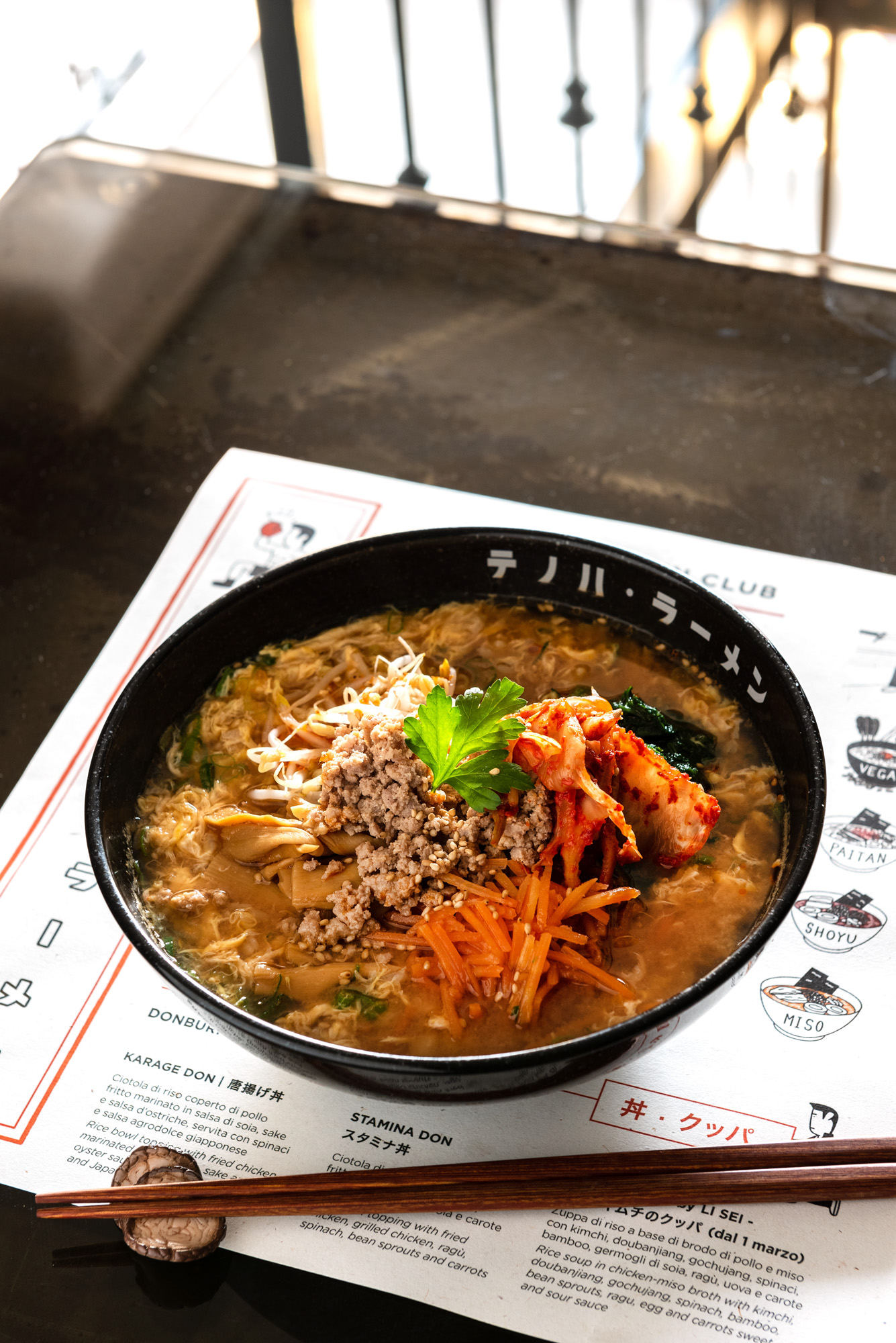
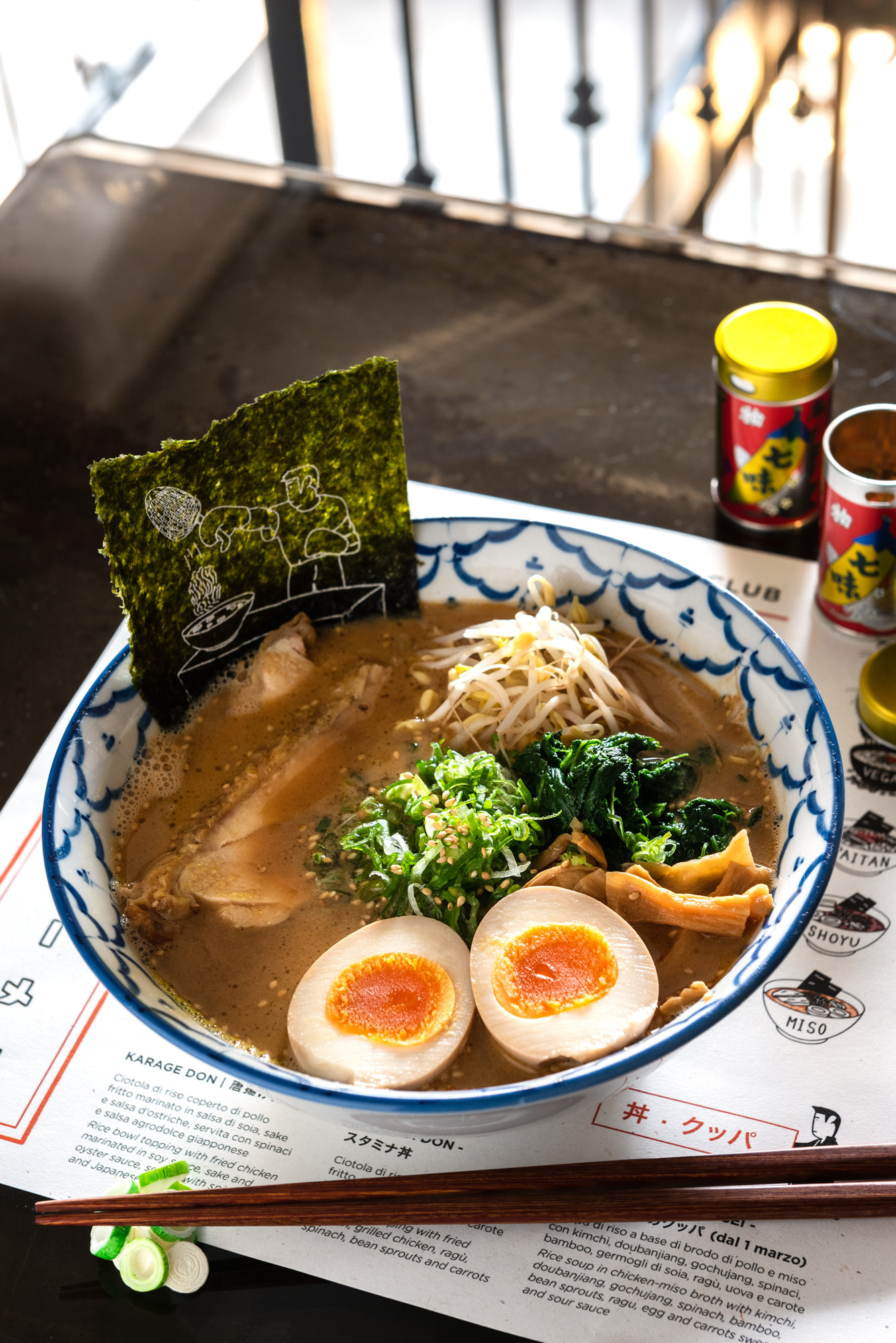
"Turning the Ramen experience into a guilt-free pleasure" These are the words of the extraordinary chef Takao, the one who has been delighting us with the best ramen in Italy for years. Takao is not only an incredible chef but also a former professional boxer! You didn't know that, did you? Chef Takao has always been very strict about nutrients, but he has always had a soft spot for ramen. As a calorie-dense dish, ramen was considered an "enemy" to his boxing career, but would such a warrior have given up? Of course not!
That's why the new TENOHA RAMEN CLUB was set up so that you can enjoy this dish without any sense of guilt!
As soon as he left boxing, Takao became a ramen chef, perfecting himself to such an extent that he became the one who is able to offer the unique and unrepeatable experience of authentic ramen here in Italy, creating numerous recipes to experience ramen truly guilt-free.
TENOHA RAMEN CLUB, the delicious work of chef Takao, is a place where you can not only satisfy your palate with the authenticity of Japanese ramen, but you can do it without any sense of guilt, with the knowledge that each dish is perfect for the sportsman or for those who want to eat in a completely healthy way. We are in front of an absolute novelty here in Italy, you will realise it just by entering the TENOHA RAMEN CLUB, completely reborn to tell a story, one of those very important stories that will leave you fascinated. You will look around and be immersed in the world of chef Takao, in his history, in his continuous study to always offer the best to anyone who wants healthy and tasty nourishment. Work, effort, experience, health, determination and safety - all this is TENOHA RAMEN CLUB!
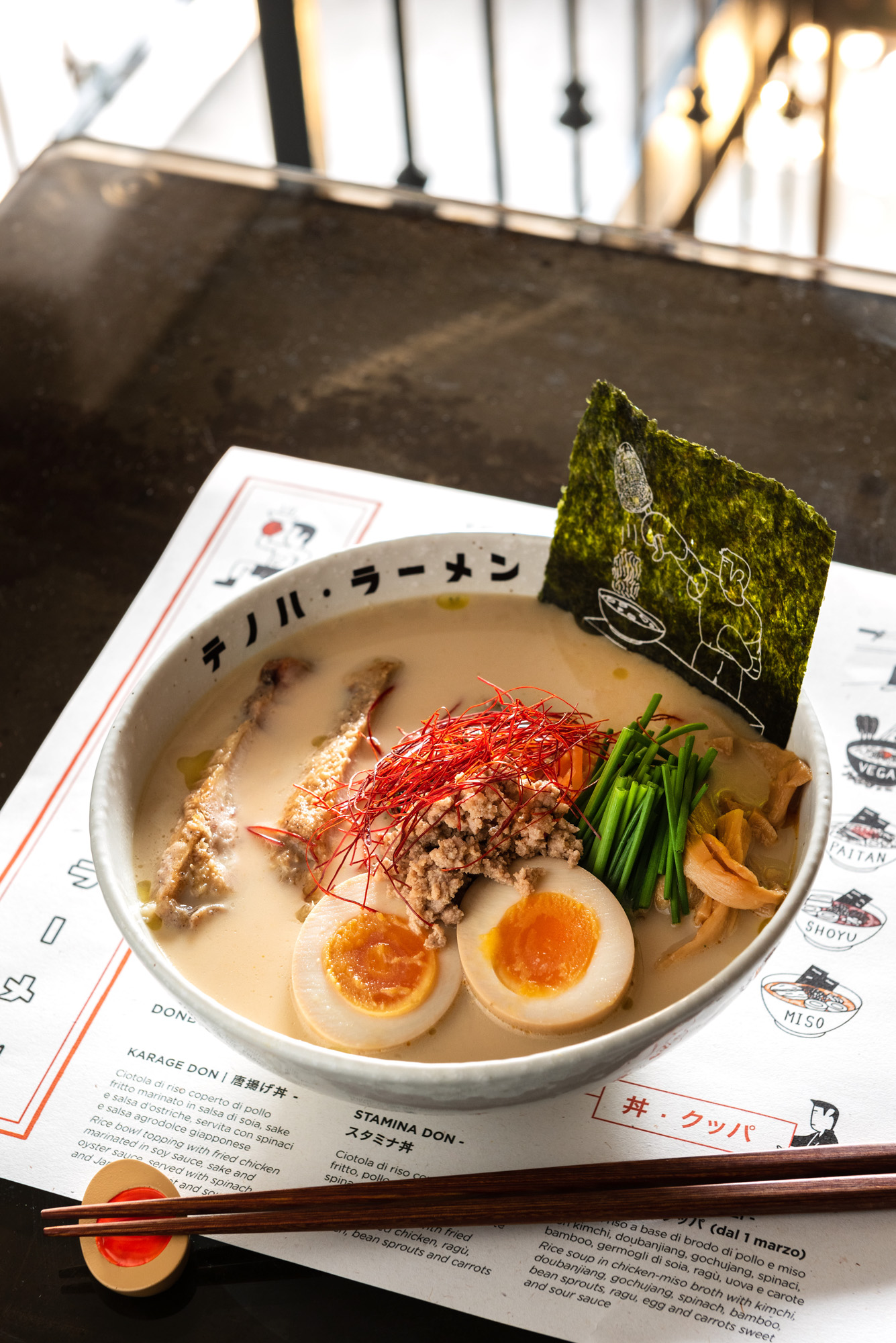
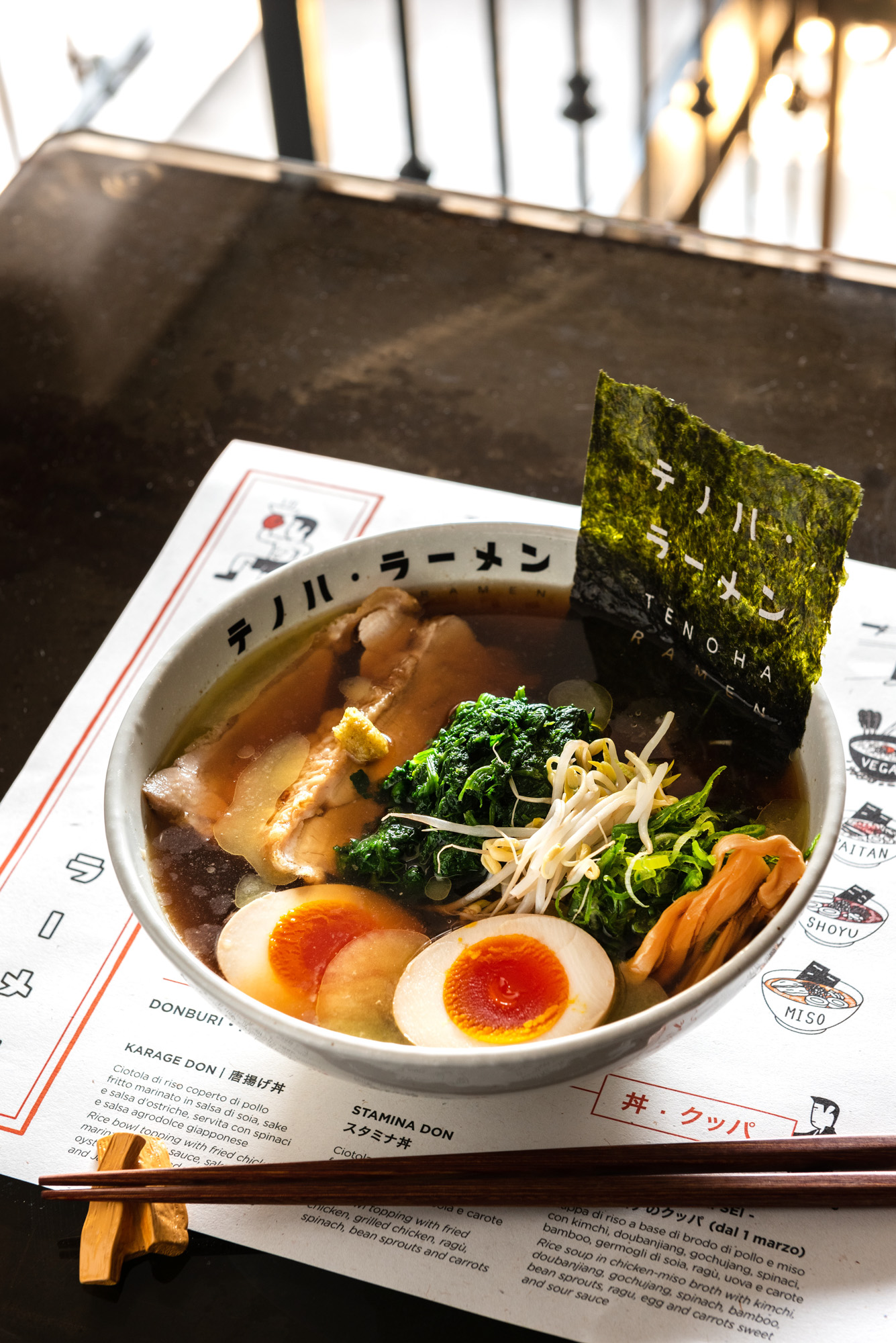
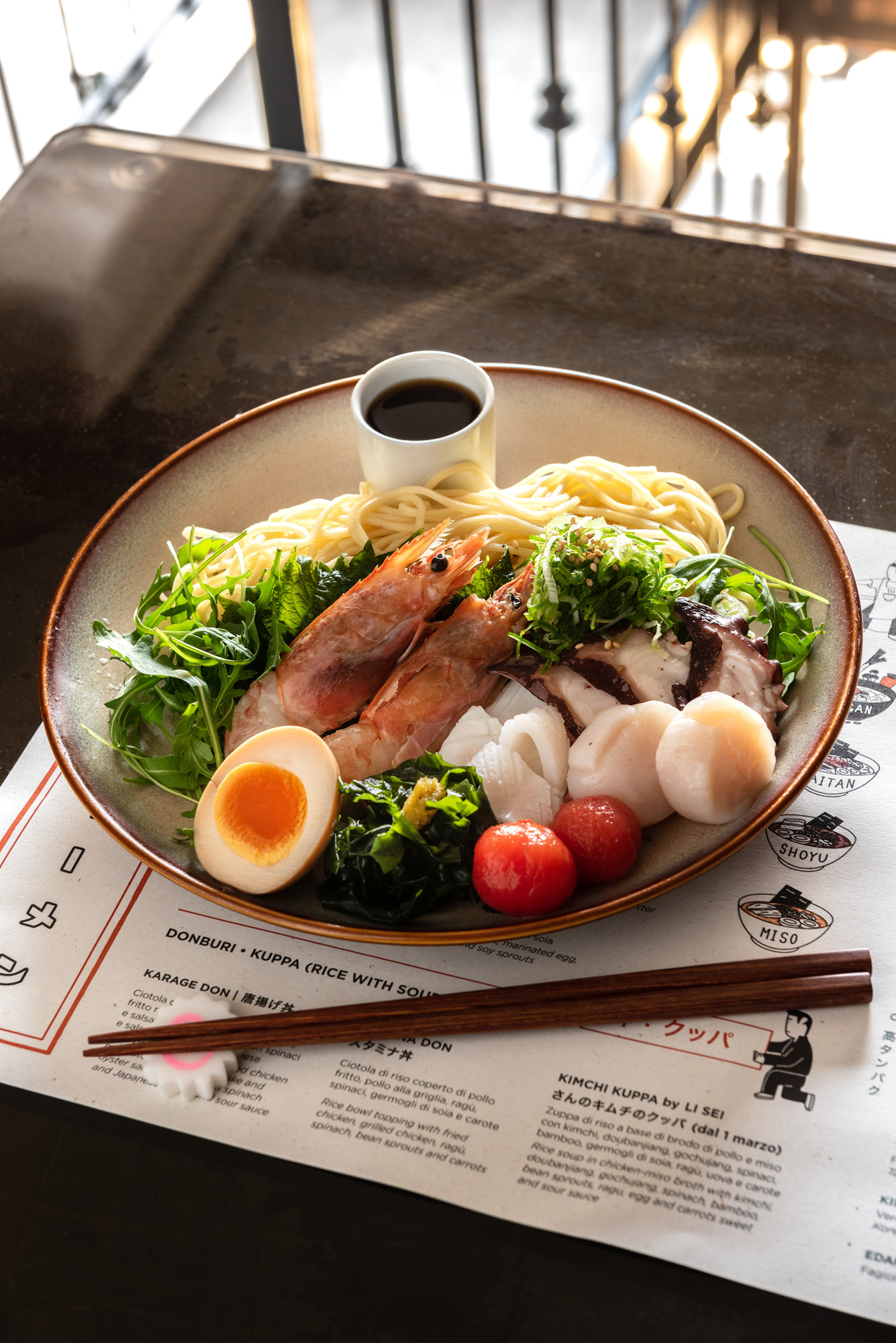
You will feel part of that important history, pampered and confident that you are in the hands of a chef whose mind is always on preparing healthy and nutritious ramen, 365 days, 24 hours a day.
Live and let your friends and loved ones experience this new freedom to eat the true tradition of Japanese ramen without any sense of guilt!
From 12 February, TENOHA RAMEN CLUB has a new face and is ready to amaze you again, always in the expert hands of a great chef and a great ex-boxer! Get to know Takao and his story!
TENOHA RAMEN CLUB - Via Vigevano 20, 20144 Milano
photo credit: Anna Daverio







